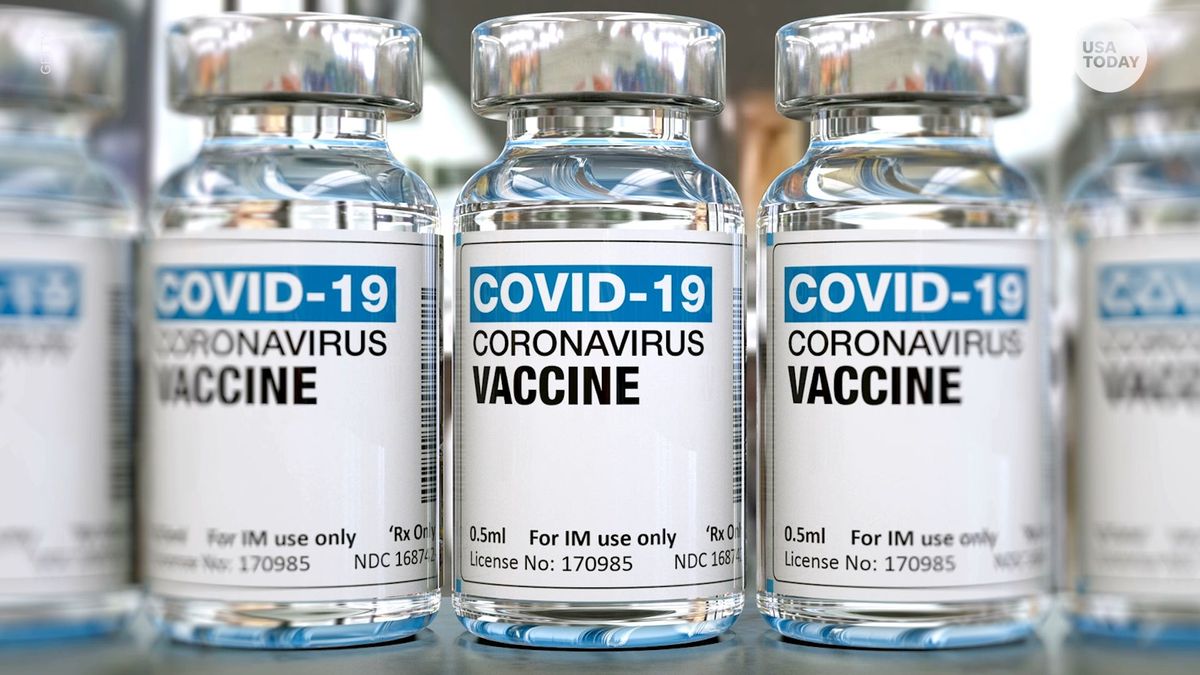

"People have seen the virus inside of brain tissue," she says.

These indirect effects appear to be a much bigger problem than any direct infection of neurons, Frontera says. And the disease can impair a person's lungs so severely that their brain is no longer getting enough oxygen.
:no_upscale()/cdn.vox-cdn.com/uploads/chorus_asset/file/22182196/Screen_Shot_2020_12_17_at_6.27.25_PM.png)
It can damage the protective cells that create what's known as the blood-brain barrier, allowing entry to harmful substances, including viruses. So when the immune system goes after these infected cells, it could inadvertently kill nearby neurons and cause neurological problems, Serrano says.ĬOVID-19 can also damage the brain by causing blood clots or bleeding that result in a stroke. That could mean that the virus is acting in other ways to injure these areas of the brain.įor example, studies show that the virus can infect the cells that line blood vessels, including those that travel through the brain. In other brain areas, though, the team found less evidence of infection. Serrano says the virus appears able to infect and kill nerve cells in the olfactory bulb, which may explain why many COVID patients lose their sense of smell - and some never regain it. That provides a potential route for virus to get from the respiratory system to the brain, she says. "There's a nerve that is located right on top of your nose that is called the olfactory bulb," she says. But other researchers have found evidence that the virus can infect human brain cells.Ī draft of a study of brains from 20 people who died of COVID-19 found that four contained genetic material indicating infection in at least one of 16 areas studied.Īnd, similar to monkeys, the virus seemed to have entered through the nose, says Serrano, the study's lead author. "I suspect that the virus is in the regions that mediate those behaviors."

"This is where you get into some of the neurologic symptoms that we see in humans," he says - symptoms such as cognitive impairment, brain fog, memory issues and changes in mood. But Morrison says that within a week, the virus had spread to other areas in the brain. In the monkeys, the infection appeared to start with neurons connected to the nose. The infection was especially widespread in older monkeys with diabetes, he says, suggesting that the animals share some important COVID-19 risk factors with people. "We're looking at individual neurons at very high resolution," he says, "so we can see evidence of infection." For example, COVID-19 tends to produce milder symptoms in these animals than in people.Įven so, Morrison says, scientists are likely to find infected human neurons if they look closely enough. The monkey brains offer an opportunity to learn more because they come from a close relative of humans and are easier to study and scientists know precisely how and when each animal brain was infected. Neurons are the brain cells that make thinking possible. But studies of human brains have produced conflicting evidence on whether these cells are being infected by the virus. "It's very clear in our monkey model that neurons are infected," says Morrison, who presented some of the research at the Society for Neuroscience meeting in November. One early result of that research has generated a lot of interest among scientists.


 0 kommentar(er)
0 kommentar(er)
